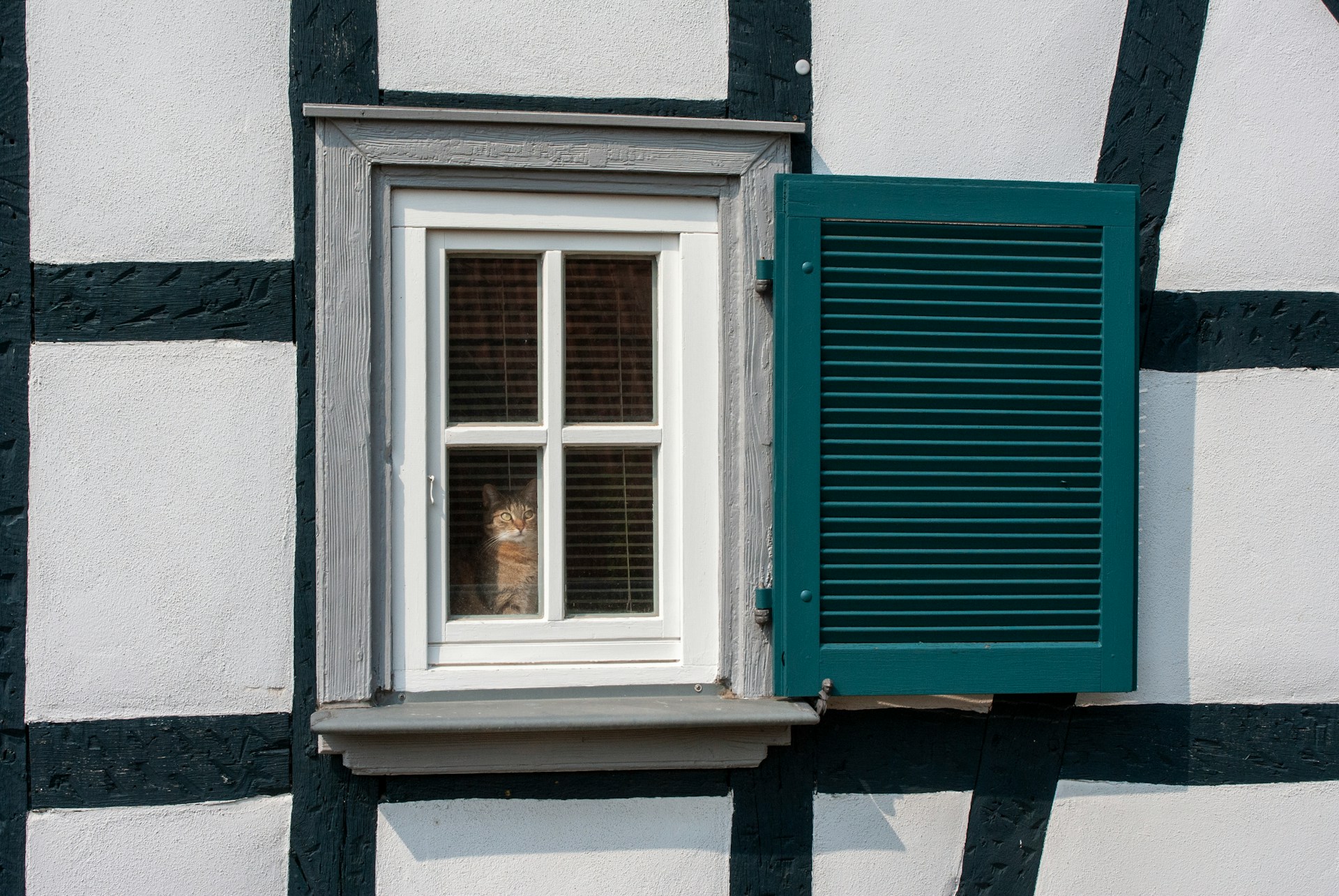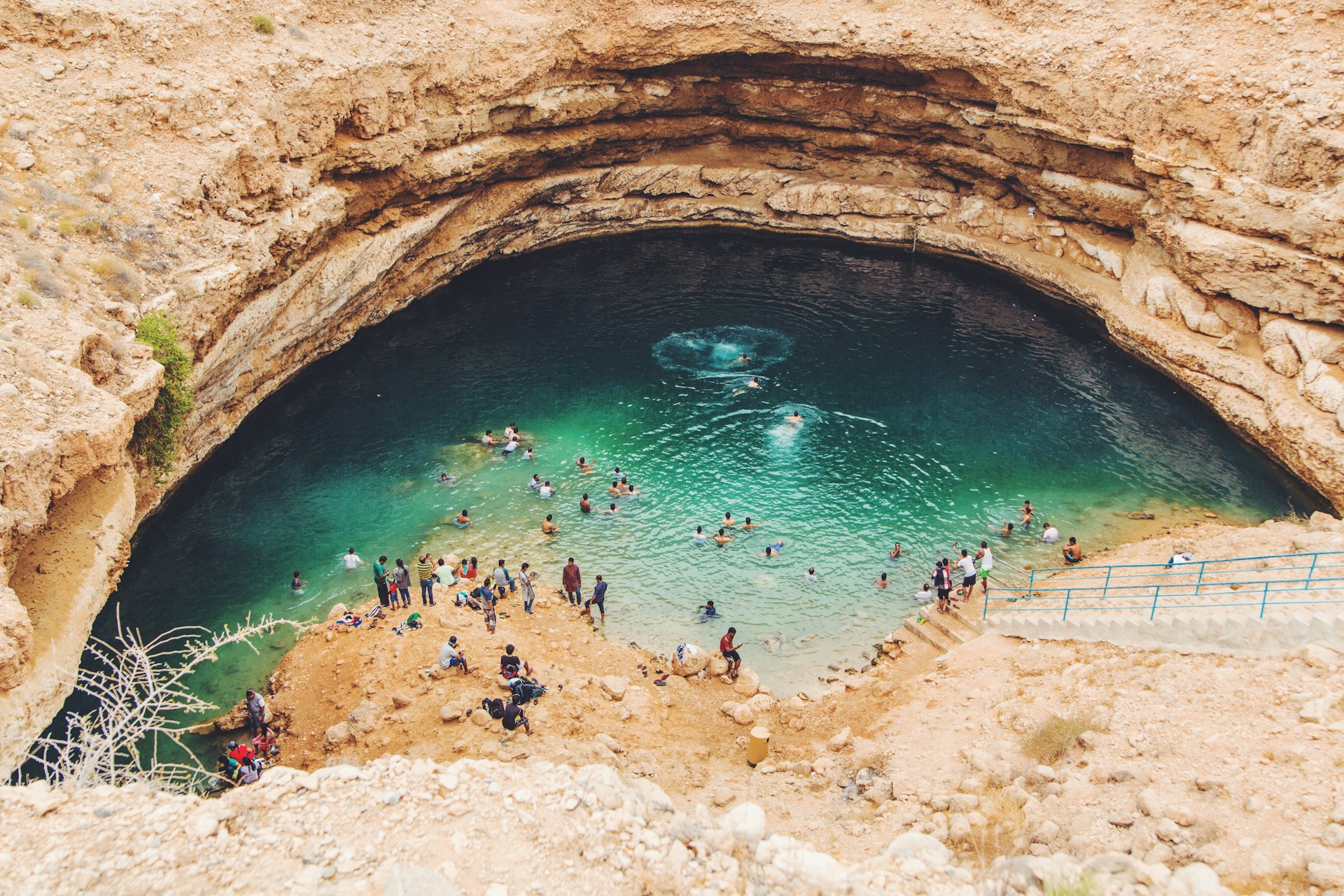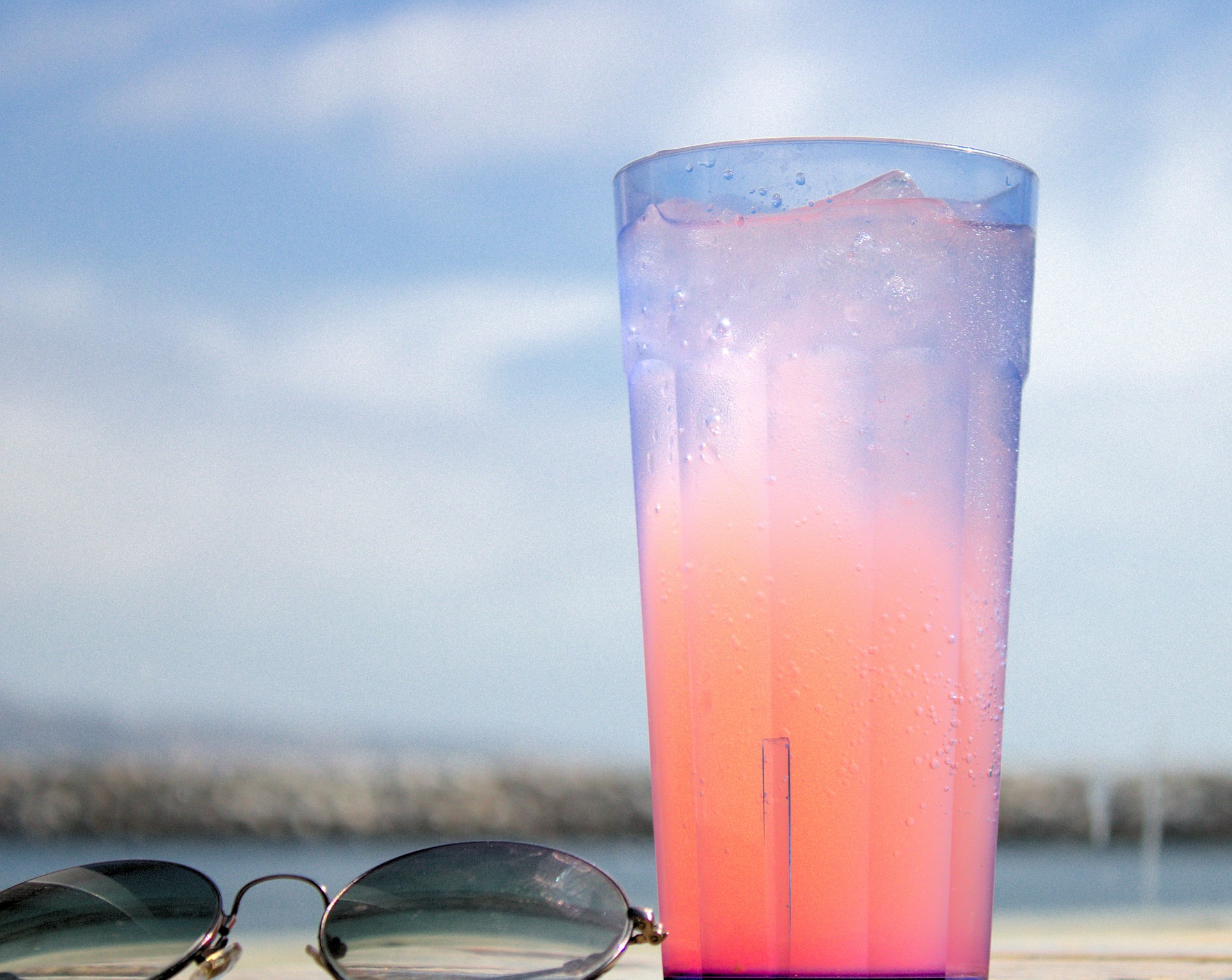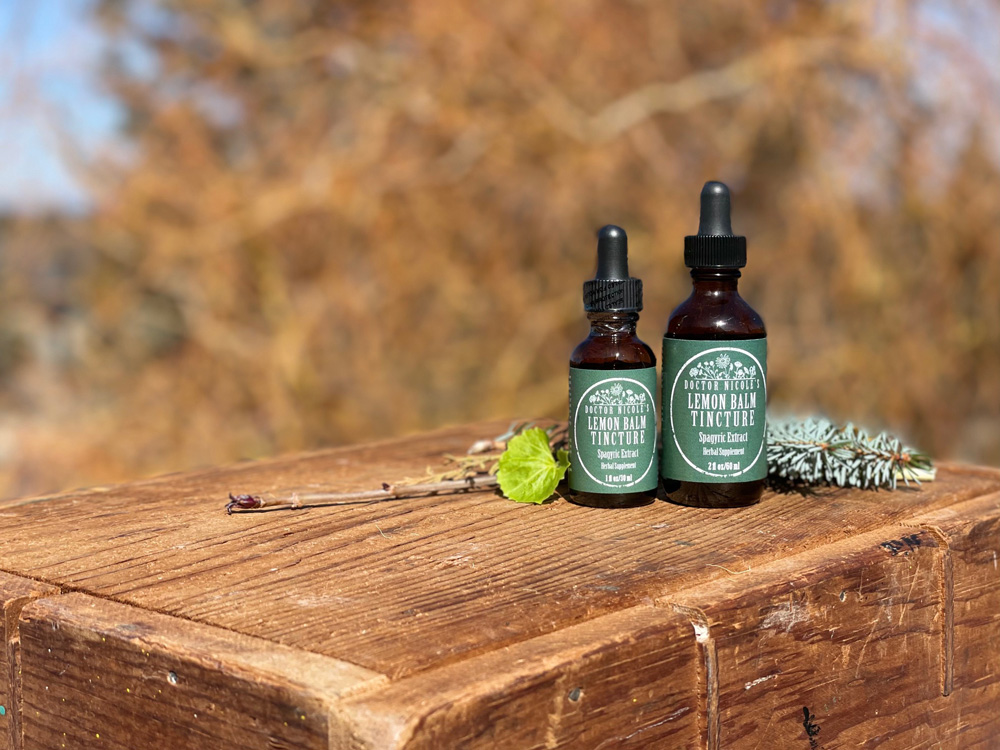Summer is Here — So is the Heat
Have you ever wondered how people stayed cool during the heat of summer in times past before air conditioning? After all, it wasn’t that long ago that a majority of people lived without this modern convenience. In fact, 9 out of 10 Americans lived in homes without air conditioning just fifty years ago. If you would like to learn from these methods of times past and save on your electricity bill this summer, keep reading. We will cover cooling foods and herbs, along with lifestyle tips that can help you beat the heat without AC during the hot days of summer.

Traditional Methods of Cooling
Civilizations over the centuries have developed creative methods to stay cool even in some of the hottest places on earth, largely through architecture. Thick clay cobb walls, interior courtyards with fountains, homes built along a network of narrow alleyways, folding doors that open up spaces to outdoor breezes — to name just a few.
One of the most ingenious cooling architectural features is called Jali, a framework of perforated stone or wood that is set over windows. They are used widely in ancient architecture in India — think the Taj Mahal or the Wind Palace in Jaipur. Jali’s are not simply beautiful additions, but highly functional in the extreme heat of summer. When air passes through the constrictions of the screen, it gains velocity and loses pressure. This creates a drop in temperature. Typically reserved for the upper classes and royalty due to the cost of production, common households used a similar technology by placing dampened reed mats in their windows. As the breeze passed through, it would be cooled as the air was constricted and the water evaporated. It also helped to block sunlight and the subsequent heat.
Another traditional cooling technology that is the predecessor of modern radiant cooling utilized concealed and exposed channels of water in walls and floors. As the water passes through, it absorbs heat from the wall or floor, keeping them cool. Today, the same concept is still used — although pipes with chilled water have replaced the channels of old.

Wind catchers as seen in the deserts of the Middle East are another fascinating solution to brutal summertime heat. They are designed similarly to a chimney jutting from the roof with openings facing the wind, which direct it downward into the building. The bottom of the catcher within the house is fitted with moist screens and dust filters that further cool the air.
While many of these ancient architectural features have fallen out of favor for modern building practices, we are seeing a resurgence in the face of escalating energy costs and demand for cooling. Until we can fully take advantage of these technologies, we can utilize other methods inspired by days of the past to keep cool this summer without resorting to AC.

Bringing the Past Forward
Several of the technologies discussed above can be adapted for modern use. One is to create a “wind catcher” effect by using box fans in windows on the shaded side of the house to pull in air and another facing outwards on the opposite side of the room. This will draw in cooler air while forcing out stagnant air. It’s particularly effective in the evening when the outside temperature drops. The Victorians had a similar method, minus the fans. If you have double hung windows, open the top and bottom panes several inches each. This will help hot air to escape on the top and bring cooler air in the bottom.
Don’t underestimate the value of sunshades or shutters outside your windows. A good rule of thumb is to keep as much heat from entering the house as possible — and exterior sun shades or shutters are an excellent way to accomplish this. Interestingly this method mimics the perforated wooden shades called pergolas in ancient Mughal architecture. You can also plant deciduous trees to provide shade on the southern and western side of your house in the summer, and let warm sunlight in during the winter when the trees are bare. You can also plant giant sunflowers, reeds, or climbing plants like hops in front of windows that receive direct sunlight. For a quick fix, try reflective car shades in house windows to block direct sunlight.
If you live in a dry climate, using woven blinds such as jute, bamboo, or rattan in open windows and spraying with water throughout the day is another, low-budget cooling option using the wisdom of Jali screens. Several drops of your favorite essential oil can be added to the water spray — vetiver was a favorite scent for the traditional reed mats used in ancient India to cool houses.
You can also mimic the effect of AC by freezing liter-size plastic bottles filled with water and a tablespoon of salt. Once frozen, they can be set up on a table in front of a fan to create a cooling breeze.

Lifestyle Tips
In the past, people were much more resilient to hot temperatures since the body naturally adapts as temperature rises. When we short-circuit this ability by using air conditioning so the body doesn’t have time to adapt, we are much less comfortable when the mercury begins to rise. Hydration is also important, not only to keep everything functioning properly, but also to cool you down during hot weather.
This is also the season for outdoor cooking — embrace it! Not only is it a fun way to enjoy summer, but it will prevent heating up the inside of your house with the oven and stove. It is also a great time to experiment with solar cooking. If you do need to cook inside, plan your meals so that a majority only need a quick reheat — or better yet, don’t need to be cooked at all.
Keep in mind cold water will cool you down more quickly and efficiently than AC. Cooling wet bandanas in the fridge and placing one on your neck is a simple method for reducing body temperature. If a cold shower isn’t an option, place your feet in a basin filled with cold water for a few minutes. You will be amazed at how a foot soak can keep you cool for hours.

Helpful Herbs and Foods
What you eat during the summer has a significant impact on temperature regulation. Opt for lighter fare that is hydrating, such as:
- Cucumbers
- Watermelon
- Berries
- Pineapple
- Peaches
- Nectarines
- Apricots
- Lemon water
- Melons
- Salad greens
Herbs that have a cooling effect on the body include:
- Peppermint
- Rosehips
- Chrysanthemum flower
- Lemon balm
All make excellent iced tea that can be enjoyed during the heat of the day.
As I wrote in, “Keep your cool this summer with these refreshing foods and herbal remedies“:
“[Lemon balm] is especially helpful when the heat of inflammation is present. A member of the mint family, lemon balm herb is classified as a “refrigerant” in traditional Greek medicine as it addresses internal heat within the body. It’s also antibacterial, antiviral, lowers blood sugar levels, and cools inflammation. Moreover, lemon balm soothes anxiety, promotes sound sleep, and improves concentration.”
If you tend to get “hot under the collar” during warm weather, lemon balm is the herbal remedy for you! Stop by my apothecary today and learn more about this delightful, yet powerful herb.
Here’s to a happy and healthy summer!
Nicole Apelian






